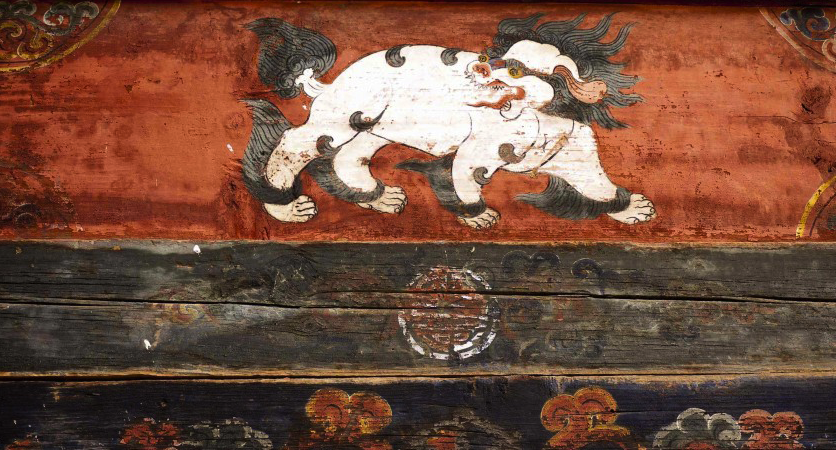" Take nothing but memories, leave nothing but foot prints "
- The Himalayan Kingdom of BHUTAN -Arts and Crafts
Bhutan’s artistic tradition has its roots in Buddhism with almost all representation in the arts running along the prevailing theme of struggle between good and evil. A rare blend of Tibetan, Indian, and Chinese styles in a characteristic Bhutanese setting, Bhutanese art is mostly symbolic. It is highly decorative and ornamental. The Buddhist nature of Bhutan’s artistic heritage may be traced to Pema Lingpa, the great 15th Century terton (treasure discoverer), who was an accomplished painter, sculptor, xylographer, and architect. In 1680, Desi Tenzin Rabgye opened the school of Zorig Chusum to teach 13 types of Bhutanese arts and crafts under the instruction of Shabdrung Ngawang Namgyel. Such promotion of traditional Bhutanese art has been preserved through the centuries, with continued patronage provided by the Royal family, nobility and clergy. The common people, who depend on the artisans for a wide variety of metal and wooden objects indispensable to typical Bhutanese households, provide active support to the arts.
